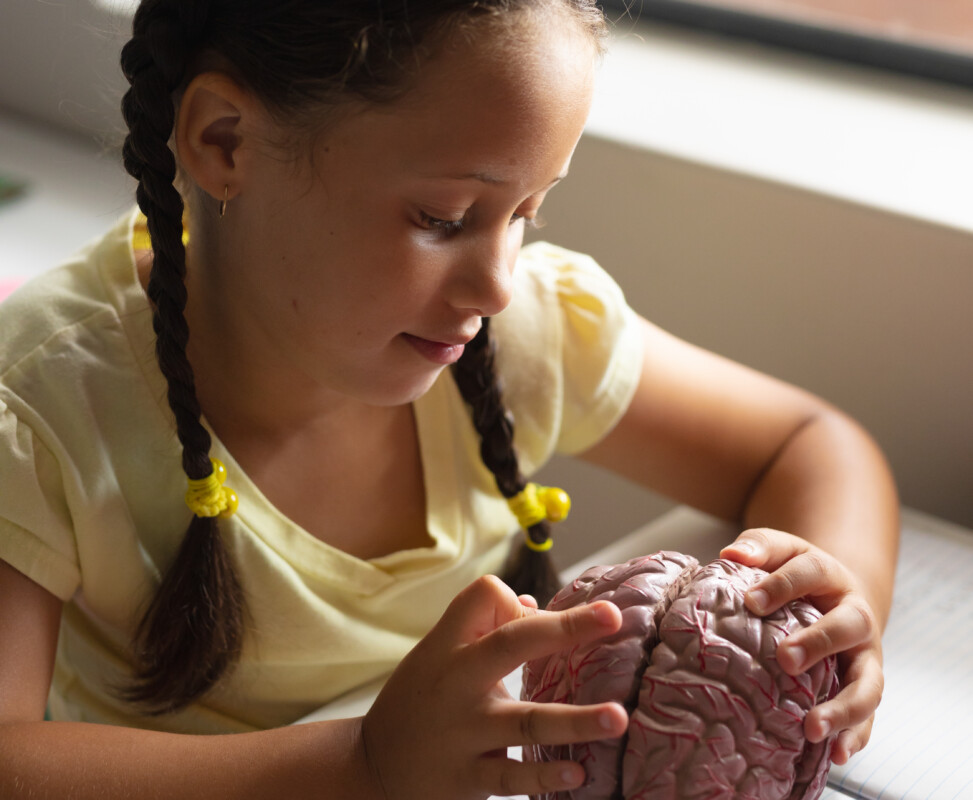Pediatric Brain Cancers
Brain tumors are the most common solid tumors in pediatrics. The annual estimated number of new cases is around 30 per million. Gliomas remain the most common central nervous system tumors in children, with high-grade forms being the most difficult to treat. Knowledge gained in recent years, particularly in the molecular classification of these tumors, is evolving practices and treatments.
About the Project
According to the 2016 WHO classification of central nervous system tumors, gliomas, ependymomas, and all embryonal tumors must now be evaluated by histological and molecular tests. These molecular alterations are clearly defined, but the techniques to implement them remain at the discretion of each center and sometimes each country. However, the identification of these diagnostic molecular alterations is not yet consistently done in France and may require a large amount of tumor material or even frozen samples. Tumor samples from pediatric tumors can be small in size, sometimes without available freezing (about 10% of tumors).
In this project, researchers intended to develop, in close collaboration with the French network for re-evaluation of brain tumors (RENOCLIP), a targeted platform of FISH and DDPCR (droplet digital PCR) techniques dedicated to brain tumors. In case of failure of these techniques or tumors not classifiable by conventional techniques, an additional methylation-based classification technique was used (not available in France as part of routine diagnosis in 2019). The objective was to quickly perform targeted confirmation techniques, based on the most likely immuno-morphological and radio-clinical hypotheses.
The FISH technique is still considered a standard reference technique for the detection of amplifications and fusions using a single tissue section. This in situ technique has the advantage of being interpretable in close association with morphology, taking into account the cell density or infiltrative nature of the tumor. The droplet digital PCR (DDPCR) technique is recent, highly sensitive, and specific. It is used for the detection of fusion genes such as BRAF and FGFR1 duplications and requires very small amounts of DNA extracted from a few tissue sections. These two routine diagnostic strategies were carried out in a coordinated manner, available to all inter-regional coordinators and clinicians responsible for the French RENOCLIP network.
Main Objectives:
- Optimal use of available tumor tissue
- Rapid tests integrated into patient care Updating according to literature data.
- Pathologists from the RENOCLIP network and the RENOCLIP database were asked to provide control cases, particularly useful in studying the numerous rare brain tumors.
- In case of failure of these strategies, methylation analysis through the Integragen platform was performed from available paraffin material and will be the subject of integrated diagnosis.
Project Follow-up:
Start in 2019
FISH Part:
- 90 cases were reviewed in a national re-evaluation meeting and, in accordance with the project, subsequent FISH and digital droplet PCR techniques were performed based on diagnostic hypotheses.
- These complementary molecular techniques were performed according to the current recommendations of the 2016 WHO classification and cIMPACT-NOW.
- Among the 90 cases, 60 (67%) were closed with an integrated histo-molecular diagnosis at the regional level. For 30 of them (33%), the diagnosis was difficult to establish.
- In these 30 cases, for 5 of them (17%), FISH revealed an alteration with a diagnostic impact.
Methylation Part:
- 65 samples from 11 different centers were analyzed using Droplet Digital PCR.
- 35 samples (65%) showed a molecular anomaly.
- For 19 cases, new diagnostic proposals were made based on methylation results.
Project Summary:
- Promoter: Ste Anne Hospital
- Principal Investigator: Dr. Pascale Varlet
- Program Duration: July 2019 – March 2024
- Number of Patients: 155
- Countries Involved: France
- Funding from Imagine for Margo: €120,000. This project was selected by the SFCE as part of its 2019 call for projects.


